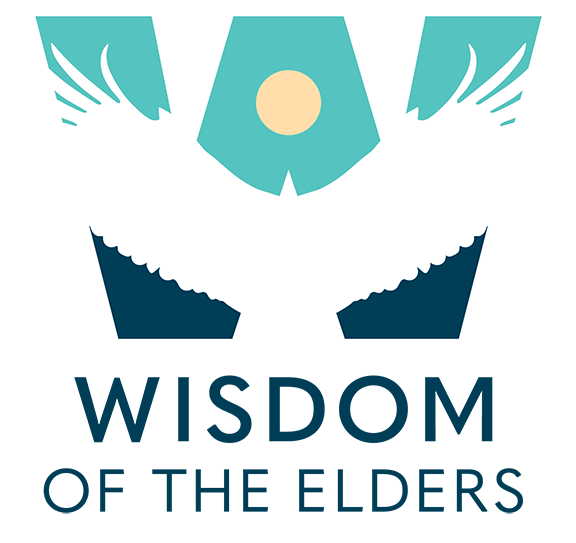
Hanford Reach. 1993. Courtesy of Pacific Northwest National Laboratory. http://picturethis.pnl.gov /picturet.nsf/All/42CM5P?opendocument
The Hanford Reach
[audio:https://www.wisdomoftheelders.org/prog304/mp3/304_sl.mp3]Arlie Neskahi:
The traditional home of the Yakama Nation stretches from the Cascade Mountains to a great bend in the Columbia River called Hanford Reach. It is also home to the controversial Hanford Nuclear Reservation in south central Washington. Today, Judy Bluehorse Skelton, takes us along the Columbia River where ancient rock paintings can still be seen, and where the Yakama people are reclaiming their land and their cultural history.
Judy Bluehorse Skelton:
I remember the first time I saw the rock paintings along the Columbia River. It was a white-hot sunny afternoon, and storyteller Ed Edmo and I were introducing Native American students from Portland to the plants and petroglyphs of the eastern Columbia Gorge.
We were in the home of the Yakama nation, and with their permission, we picked our way along the narrow trail of stones and stiff yellow grass that wove in and out of the chimney rock. Ancient images emerged from the stone rock face. Students squinted to make out the pictures. Edmo, who remembers the Columbia before the last dam was built, told stories of the river and the people, while the sun glinted off the water like diamonds.
Ancient and sacred sites of the Yakama people are many and have been found throughout south central Washington. The Hanford Reach is the only free flowing stretch of the Columbia River in the United States. It flows through a spectacular landscape of towering cliffs, shifting sand dunes and sweeping vistas across a dry grassy plain.
Today, it’s also the site of the Hanford Nuclear Reservation. In the 1940’s, 540 square miles of land was appropriated by the U.S. government to establish a high security military compound. by the 1970’s, restrictions eased and the Yakama nation established their rights to return to the Hanford reach to regenerate their cultural ways.
In cooperation with other tribes in the region, and through federal, state and tribal laws, the Yakama began protecting sacred sites and cultural natural resources. However, today concerns about contamination from the Hanford Nuclear Reservation persist.

Indian petroglyph "She Who Watches" at Horsethief Lake State Park, Washington State. Ernest H. Robl, 1994. http://www.robl.w1.com/pix-5/I-940889.htm
As salmon people, the Yakama are concerned about shrinking salmon runs. The U.S. Army Corps of Engineers proposed dredging a barge canal through the Reach, which would have eliminated salmon spawning grounds. The Yakama also observed that pesticides and herbicides used by farmers were polluting the Yakama river, a tributary of the Columbia. There were no salmon at all by the 1970’s.
Working with the state of Washington, the Yakama helped to create new laws to prevent pesticide run-off and chemical dumping into the rivers. They now have numerous projects to restore fish runs on the Yakama River.
Central to the Tribe’s economic health are sustainable forestry practices, and the Yakama have developed a unique system called winter logging. Once the ground has frozen 18 inches down below the surface and is covered with snow, then a crew can get into an area to log. The snow and frozen ground prevents soil compaction and protects vegetation from being trampled by logging trucks and workers. Winter logging preserves a healthy under-story of plants and soil, and protects any cultural artifacts that may still be on the site.
Through tribal archeological efforts, including implementation of the Native American Graves and Repatriation Act, many artifacts and human remains from ancient villages and sacred sites are being found and returned to the Yakama Nation.
Sacred sites are receiving the protection they deserve, including petroglyphs, which have been vandalized in the past. The Tribe is working to carefully restore the rock paintings, preserving these enduring legacies for future generations.
With each breath, with each step, with each heartbeat. Osadadu.
